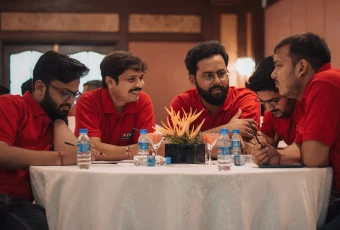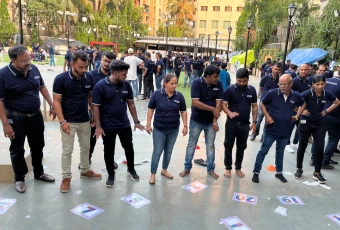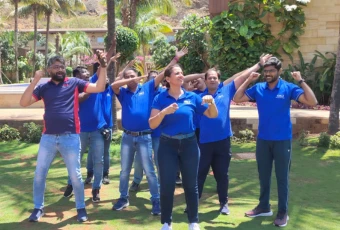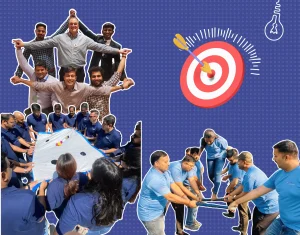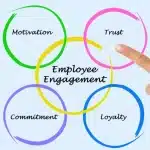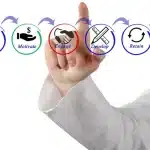Corporate team building activities are a fun way to break...
Read MoreBecause adults majorly learn by experiences & seldom by one way instructions!
Because we are on a mission to create Fulfilled, United and Outperforming organizational workforces.
Because only great teams can achieve great vision and create lasting wonders!
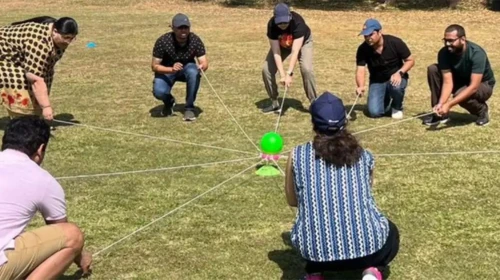
WHY CORPORATE COMPASS?
Because we are on a mission to create Fulfilled, United and Outperforming organizational workforces.
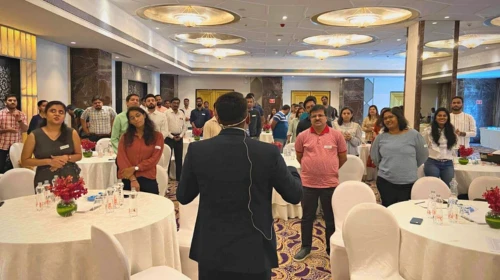
TEAM BUILDING WORKSHOPS
Because adults majorly learn by experiences & seldom by one way instructions!
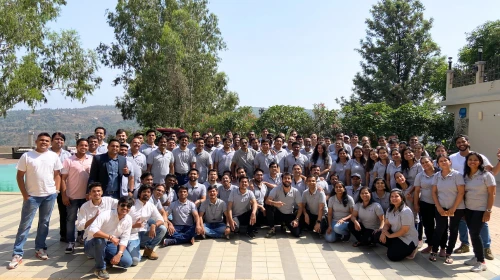
BUILDING GREAT TEAMS
Because only great teams can achieve great vision and create lasting wonders!
Founder's Desk
This is what inspires us to outperform everyday.
It is a great honor for me to represent Corporate Compass!
Our business is revolutionizing the learning and development industry. Traditional learning processes and approaches are becoming increasingly outdated as the competencies demanded of workforces to outperform have altered. Unconventional and cutting-edge learning solutions are required for today’s workforce. It is this gap that we aspire to bridge. It motivates us to go above and above every time we undertake employee empowerment, team building, and, ensuring maximum employee engagement activity


Our Impact
Having handled critical employee training for almost a decade, we have experience working with companies in your industry, specializing in employee engagement activity.
Corporate Clients
Workshops Delivered
Employees Engaged
Activity Options
Corporate Compass In Action
More than 165,489+ employees across the globe love the experience that we offer.


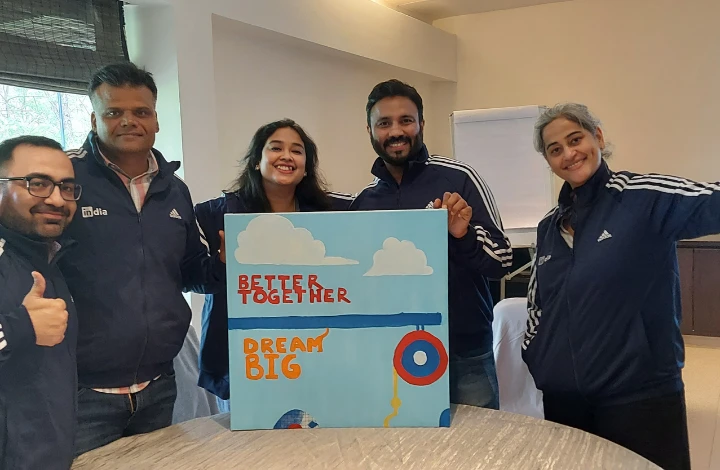
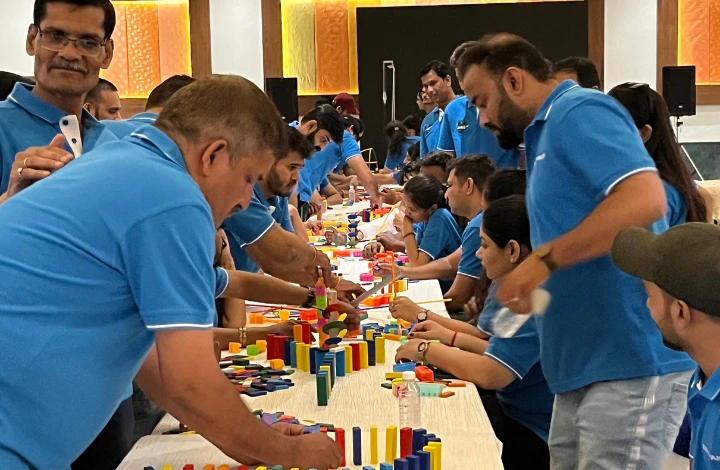
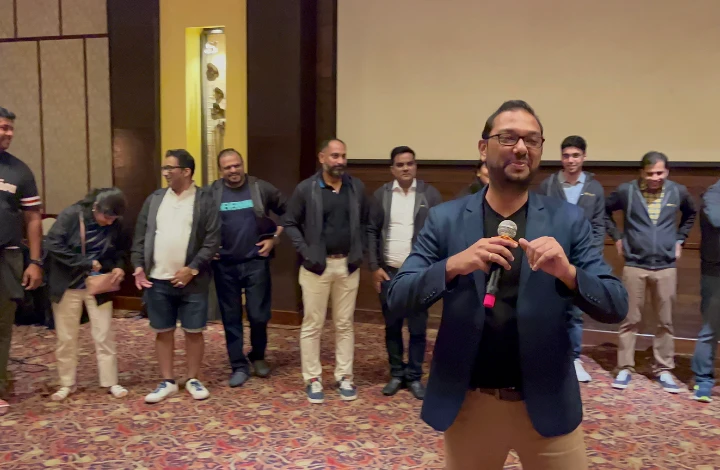
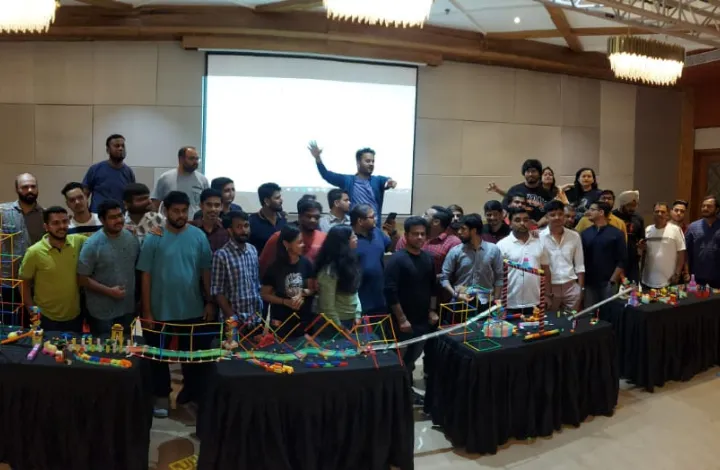

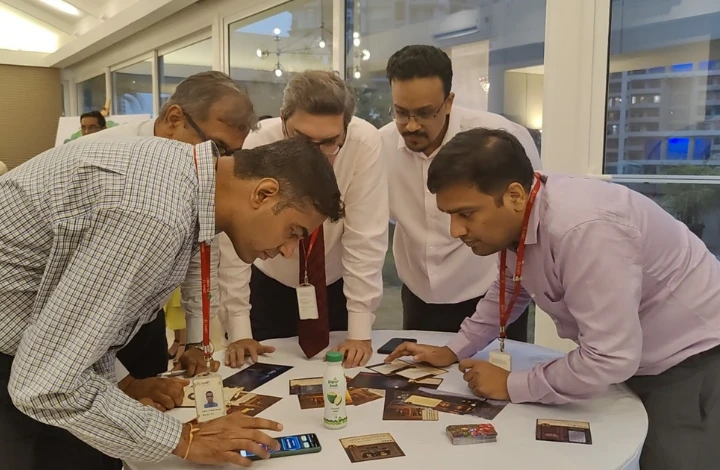


Experiential Learning Modules
Explore a variety of outcome-oriented experiential trainings.
Team Building Activities
Explore top team-building activities. In-person, online, or both.
Employee Empowerment Masterclasses
Explore extensive collection of empowering masterclasses.
Claim your complimentary demo
Sure!
Get a Free Demo about the variety of team building workshops, training, and employee engagement activity we have.















































































